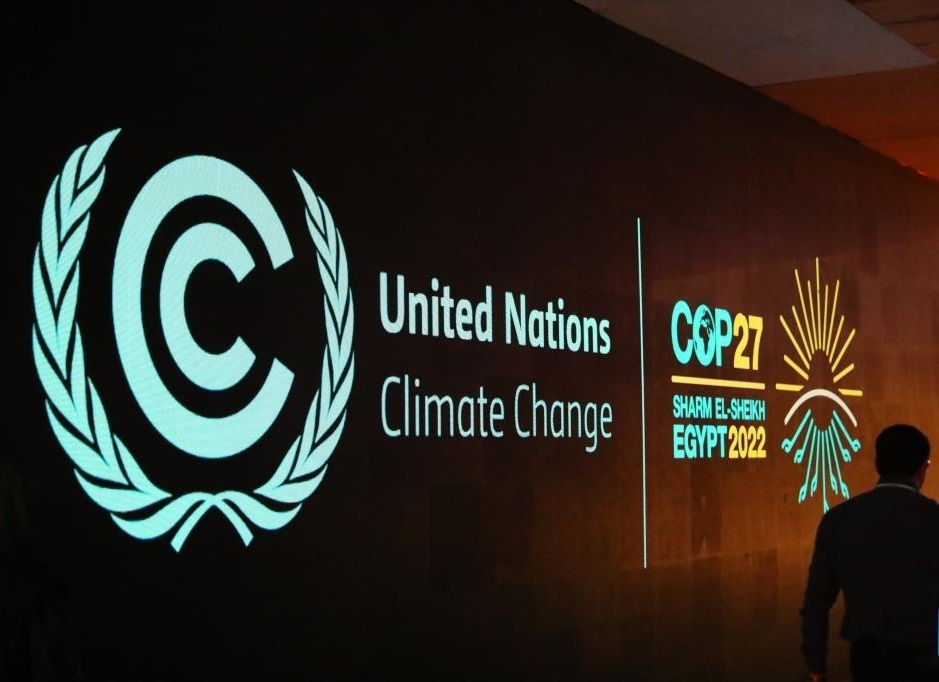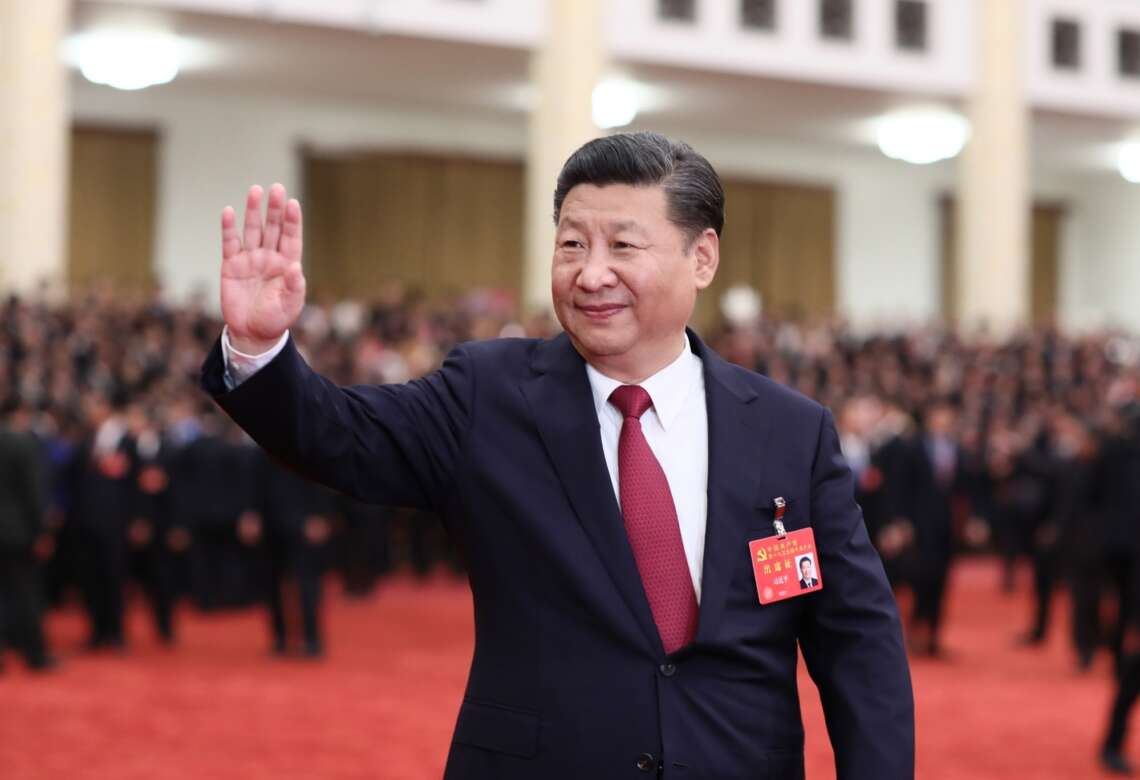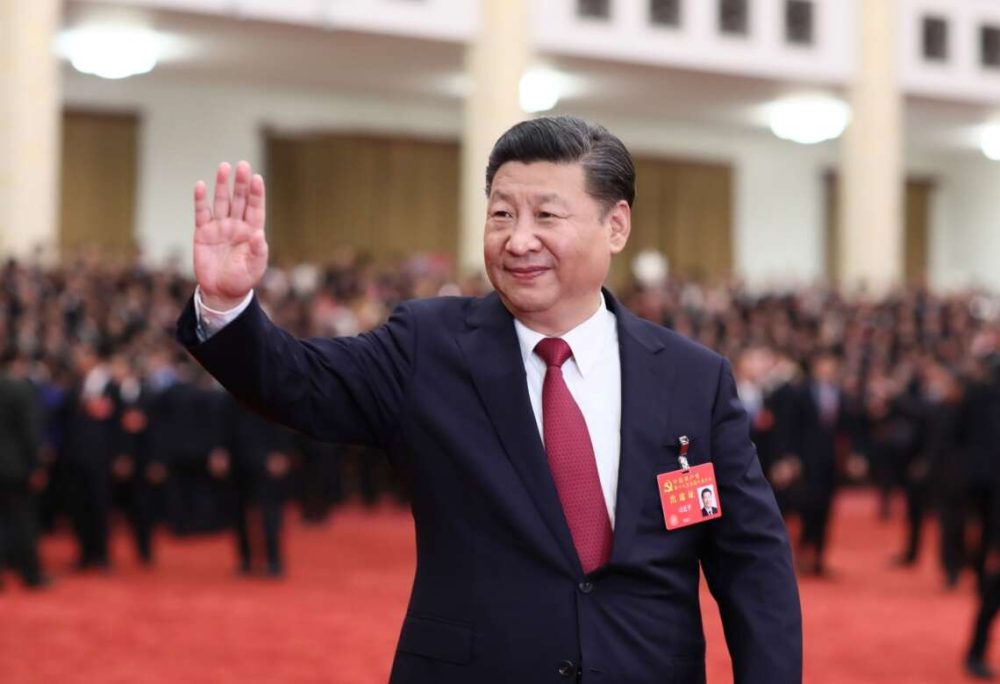World is on track to produce more than double the fossil fuels than is compatible with a 1.5 degrees Celsius target…reports Asian Lite News
With the United Nations Climate Change Conference (COP27) underway in the backdrop of a year when extreme climate events demonstrated again the urgency to curb greenhouse gas emissions, leading economies of India and China are on track to overachieve their UN climate targets.
Renewable energy installed capacity in India has expanded at a rate of 19 per cent annually between 2016 and 2021. Its draft national electricity plan sees an 18 GW downward revision of installed coal capacity in 2030.
China is set to install a record 156 GW of wind and solar energy this year, and China’s electrical vehicle (EV) sales are forecasted to double with the possibility of reaching six million.
An analysis, ‘COP27 Analysis: Assessing India & China’s Climate Targets’ by Energy Tracker Asia (ETA) says China and India are critical players in the global fight against climate change.
Together they account for 2.7 billion people, nearly 20 per cent of global GDP and nearly a third of global emissions (China 24.23 per cent and India 6.76 per cent).
At UN climate talks in Sharm El-Sheikh in Egypt, what Beijing and Delhi say matters. Major decisions at the COP27 will not pass without the tacit approval of Xi Jinping and Narendra Modi.
It says both countries are also deeply vulnerable to climate impacts. Leading insurer AON rates 2022 as one of the most damaging on record.
China has incurred extreme weather losses of plus $20 billion, while flooding left India with a plus $2 billion bill and nearly 2,000 dead.
Workers in both countries suffer. In 2021, India witnessed a 5.4 per cent drop in earnings due to extreme heat, while in China, that figure was one per cent.
The analysis by Hozefa Merchant and Yao Zhe says in 2021 both countries committed to long-term net-zero climate targets, China before 2060 and India in 2070.
But assessing interim progress in Delhi and Beijing has been hard. Politicians in both capitals previously followed the policy of under-committing on targets internationally, in part due to energy security concerns. But a growing amount of evidence is suggesting that their investments in clean power and green technology are fast gathering momentum, they say.
The International Energy Agency’s 2022 World Energy Outlook 5 says, “Coal demand rebounded strongly in 2021 to over 5,600 million tonnes of coal equivalent (Mtce) as economies recovered from the pandemic and some countries — notably India and China — turned to domestically produced fuel sources in the interests of affordability and energy security.”
Tim Buckley, Director, Climate Energy Finance, tells a similar story.
The analysis on India and China’s electricity sector highlights how renewable energy is slowly replacing fossils. Eighty-two per cent of the increase in electricity demand in China was supplied by renewable energy.
At the current rate of installs, China is on track to reach its 2030 renewables target of 1,200GW five years earlier. Also it is on track for a possible plateauing of emissions this decade, well ahead of the 2030 official peaking target.
India’s total installed renewables capacity at the end of FY2022 was 157GW or 39 per cent of India’s 400GW capacity total, and 22 per cent of total generation of 1,492TWh.
India is likely to reach peak and then plateau in thermal power generation at some stage this decade, even with strong sustained economic growth of 5-7 per cent annually, says the analysis titled ‘India-China Investment Analysis in Electricity as COP27 Progresses’.
Fossil fuels have not been directly addressed in the UN climate talks. The primary cause of loss and damage is fossil fuels, with coal, oil and gas fueling 86 per cent of CO2 emissions in the past decade.
However, the world is on track to produce more than double the fossil fuels than is compatible with a 1.5 degrees Celsius target.
The fossil fuel industry is also earning 11-figure profits from this addiction while households struggle to afford basic needs and over one billion people live with almost no modern energy. Africa alone is home to 600 million people without access to electricity.
Civil society is calling on governments to work together to address fossil fuel production because a COP that does not address fossil fuels is a COP that doesn’t address the root cause of the climate crisis.
As the Paris Agreement makes no mention of coal, oil or gas, significant momentum has grown in recent months for a complementary international mechanism such as a Fossil Fuel Non-Proliferation Treaty.
Evaluating the initial announcements made by governments in their high-level statements in the opening days of COP27, Alex Rafalowicz, Fossil Fuel Non-Proliferation Treaty, said: “Our host government has said that this is a COP of implementation so it has to be about listening clearly to the words of the UN Secretary General, the world’s scientists and those around the world that the fossil fuel era needs to come to an end so that everyone has energy access.”
ALSO READ-UK govt steps up climate finance support for African countries














